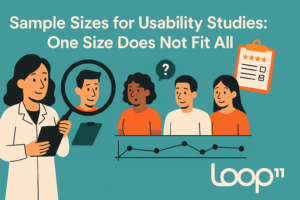
The Power of White Space in UX Design
Are you looking to improve the user experience of your website or app? If so, you may want to consider something that seems counterintuitive at first: adding more empty space. When it comes to UX design, white space (also known as negative space) is often overlooked. Many business leaders and









